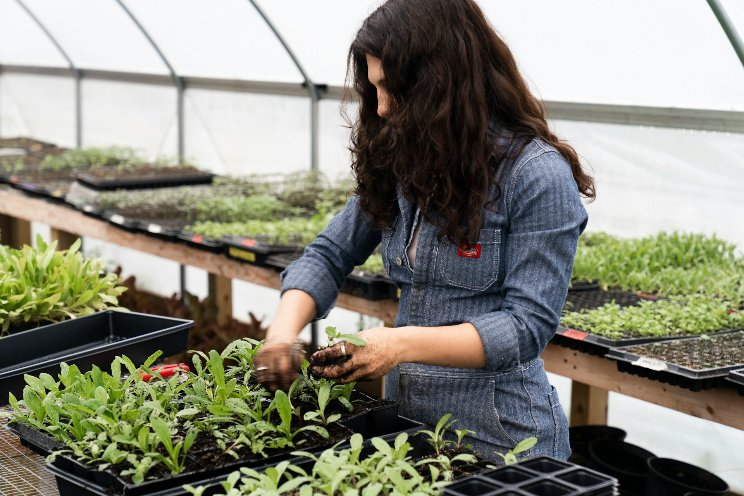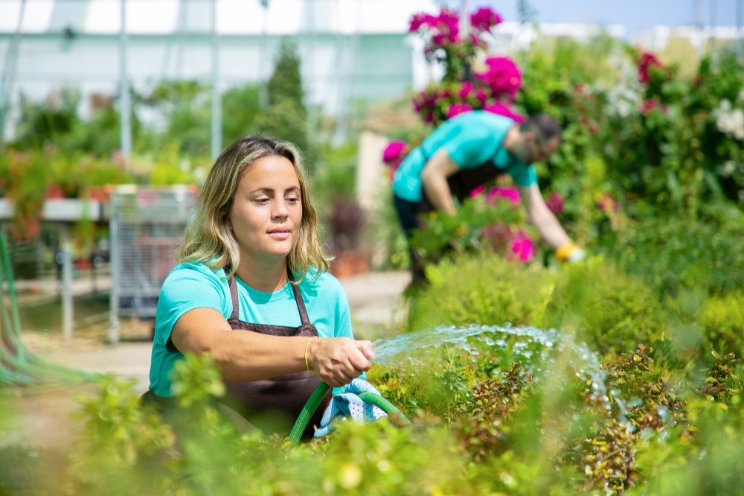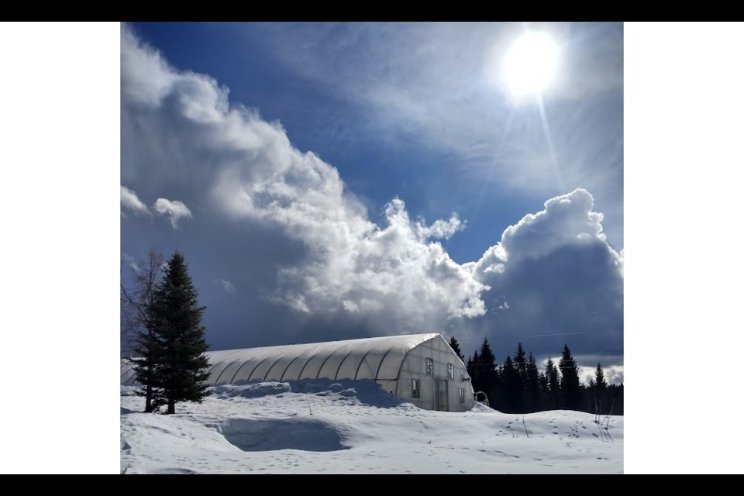Examplary approaches to hybridizing agriculture
Added on 31 March 2023

The third industrial revolution has long been considered the turning point for our planet.
Experts say that this transition to new manufacturing processes has pushed earth out of the Holocene – an epoch with predictable climate patterns that allowed humanity to thrive for around two million years – and into the Anthropocene – an epoch in which humanity’s population and economic development impact the Earth’s global environment in a distinct and measurable way.
In other words, since the 1950s, the increased industrialization, urbanization, and globalization of humanity have collectively overstepped the planetary boundaries in which we know humans can thrive.
The very resources upon which we fundamentally depend, such as food, water and energy, are being depleted faster than ever. As such, we are now in an unprecedented time, a phrase repeated much too often, that demands creativity in return for continued survival.
The fact of the matter remains, however, that any action we take has consequences — some are good, some are bad, and some are somewhere in between. Moreover, the determinants of these consequences can shape-shift, which adds a layer of increased complexity.
Continue reading.
Photo: Rendering sourced from Richard Aguilar
More news















